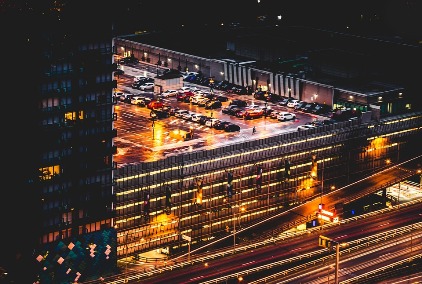Future of India clearly shows urban housing. Demand for affordable housing is set to boom, as well as demand for office space in India’s cities, according to a report titled India 2030 – Exploring the Future, by the Confederation of Real Estate Developers Association of India (CREDAI) in association with global property consultant CBRE.
The report foresees a future of rapid urban growth, albeit with some crucial challenges. Office stock looks set to grow from 600 million square feet in 2019 to 1 billion square feet, with 120 million square feet of retail shopping centres and about 500 million square feet of warehousing.
The trends clearly point in this direction, experts agree. Samson Arthur, branch director for Hyderabad at property consultancy Knight Frank India said that the lines between urban and rural areas are blurring. More cities are attracting people, in larger numbers than before, and this is driving some of the growth.
As such migration drives the growth of infrastructure, this creates a conducive climate for real-estate developments too, Arthur says.
The increasing shift to the cities will also see a corresponding rise in demand for affordable housing. The report states that affordable housing will remain the dominant segment in the coming years, with a total of 10 million PMAY (U) units to be delivered by 2020 itself.
This projection may even withstand the current stagnation in this segment caused by the non-banking financial company (NBFC) crisis, adds Pankaj Kapoor, managing director at realty consultancy Liases Foras.
Kapoor says that right now there are no investors for affordable housing but the segment will still be a dominant one and do well in the smaller cities in the near future.
The Challenges
In the face of a possible economic slowdown, office space will rely on a recovery in the overall economy, Kapoor says.
There are other serious challenges too. The report cites that by 2030, India’s urban population will contribute as much as 75% of GDP but this projection can only become a reality if the pressure on the physical and civic infrastructure systems is eased.
The report points out that most Indian cities lag on key quality of life parameters and are plagued by challenges such as poverty, lack of affordable housing, traffic congestion, overcrowding, environmental degradation and air pollution.
In order to have more liveable cities, the report also adds that India needs to spend spend 7-8% of its GDP on infrastructure annually to boost public and private investment in infrastructure.
Some solutions to the infrastructure problems need to be done on a much wider scale, says Rohit Poddar, managing director at Poddar Housing and Development and joint secretary of NAREDCO Maharashtra. He also adds that the issue of parking spaces in metro cities like Mumbai is being addressed by solutions like vertical lots. Considering the rising demand for amenities and concern over security, developers are coming up with the township-led projects, which is self-sustained with all the basic amenities. Townships and gated communities in the peripheral regions of the metros are seen as possible avenues to satiate the demand for a home with social amenities and security arrangements at an affordable price.
Source: Hindustan Times

